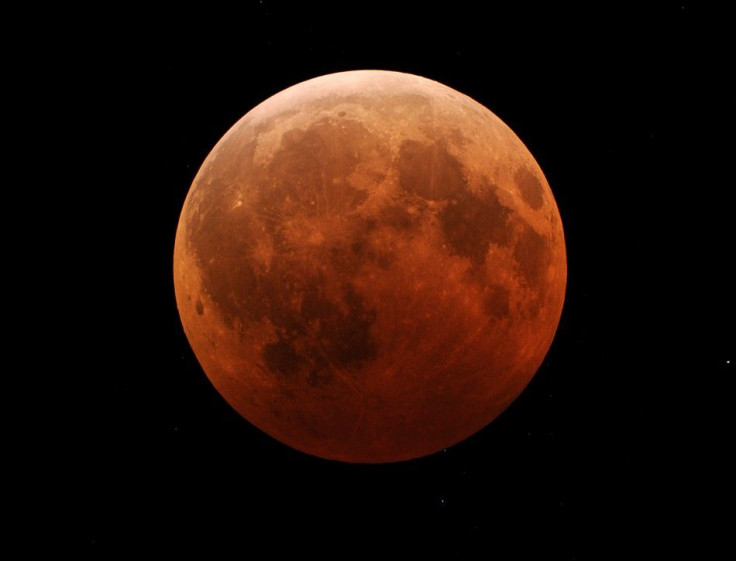Why would Wednesday’s lunar eclipse turn the moon blood-red?

Blood-red colored moon is expected to rise in Earth’s shadow on Wednesday’s full moon night as ‘rare’ lunar eclipse occurs during the night.
Moon will appear changing color from brilliant silver to between bright orange and blood red during the eclipse, NASA said in a statement.
“As the moon moves deeper and deeper into Earth's shadow, the moon changes color before your very eyes, turning from gray to an orange or deep shade of red,” it said while explaining the reason for the change in moon’s color.
A lunar eclipse occurs when Earth lines up directly between the sun and the moon, blocking the sun's rays and casting a shadow on the moon.
“The moon takes on this new color because indirect sunlight is still able to pass through Earth's atmosphere and cast a glow on the moon. Our atmosphere filters out most of the blue colored light, leaving the red and orange hues that we see during a lunar eclipse,” NASA added.
However, Wednesday’s eclipse will cause moon to appear a darker shade of red because of extra particles in the atmosphere from the recent Chilean volcanic eruption.
The eclipse on June 15 night is said to be the longest and deepest total lunar eclipse in the last decade that will last for almost two hours.
According to NASA, on June 15 2011, from beginning to end, the eclipse will last from 17:24 UTC (1:24 p.m. EDT) to 23:00 UTC (7:00 p.m. EDT). Totality, the time when Earth's shadow completely covers the moon, will last about an hour and 41 minutes, it said.
The eclipse will not be visible from North America but viewers in eastern Africa, the Middle East, Central Asia, and the western tip of Australia will be able to get the best view of it.
© Copyright IBTimes 2025. All rights reserved.





















